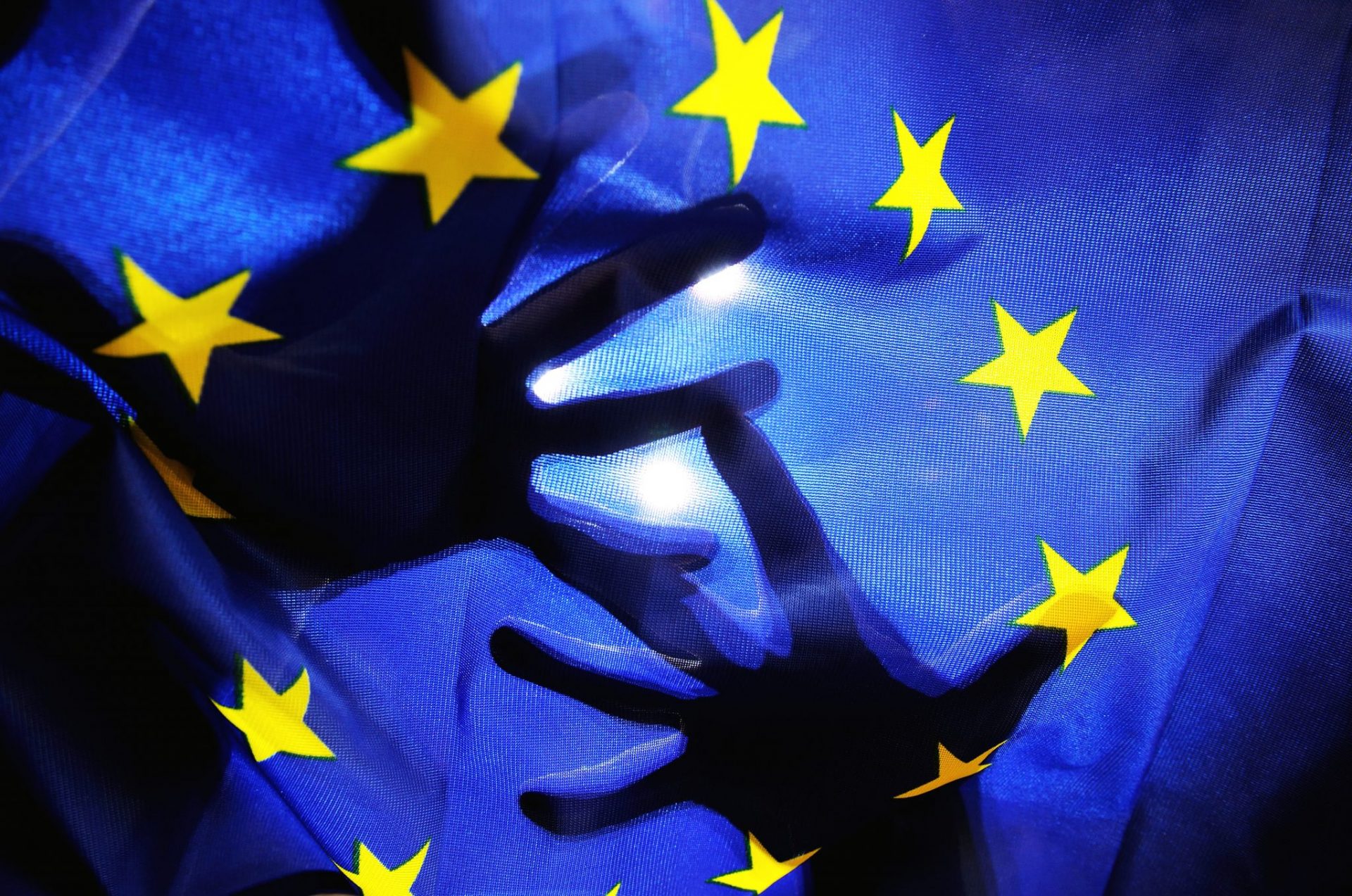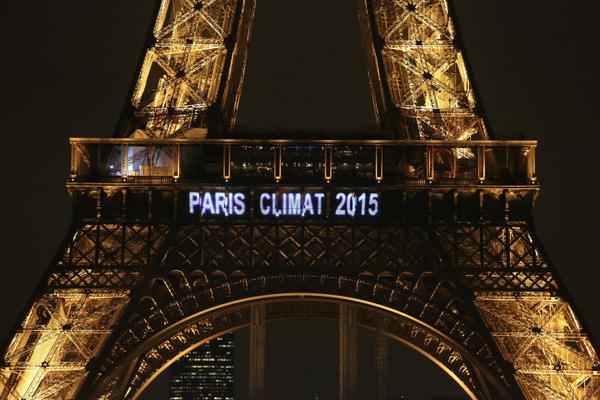
During the night of 18 March 2020, Italian military vehicles took coffins from Bergamo cemetery to other regions’ crematoriums after local services were unable to deal with the dead. The picture of the military convoy passing through the empty city went viral and strongly impressed the public opinion.[1] From the darkest moment of the pandemic to nowadays, the Italian army has been extensively employed in the fight against COVID-19.
Indeed, Italy has not been the only country to engage the military forces in the response to COVID-19. The traditional role of the military has been challenged, its employment is no longer limited to the fight against terrorism, peace keeping operations and missions in failed states. In fact, since February 2020 NATO and EU Member States military forces have joined the health apparatus in fighting this new “invisible, intangible enemy”[2]. They have played a crucial role in supporting the communities hit by the pandemic. How NATO and EU Member States military forces have adapted and coped with this new unprecedented role?
Moreover, the level of duration, the geographic scope of the emergency, and the exceptional economic crisis that will persist in the years to come make the current situation different from previous emergencies determining new and unprecedented challenges. What are these new challenges emerging from the new role played by the military?
Click Here to Read the Entire Commentary
______________________
[1] ANSA, ‘Coronavirus: Army takes Bergamo coffins out of Lombardy’, 19 March 2020, (https://www.ansa.it/english/news/2020/03/19/coronavirus-army-takes-bergamo-coffins-out-of-lombardy_6903e8f3-c6d8-4a1c-909b-f415acf1a2b9.html). Consulted on November 16, 2020.
[2] LeMonde, ‘« Nous sommes en guerre » : le verbatim du discours d’Emmanuel Macron’, (https://www.lemonde.fr/politique/article/2020/03/16/nous-sommes-en-guerre-retrouvez-le-discours-de-macron-pour-lutter-contre-le-coronavirus_6033314_823448.html). Consulted on November 16, 2020.



